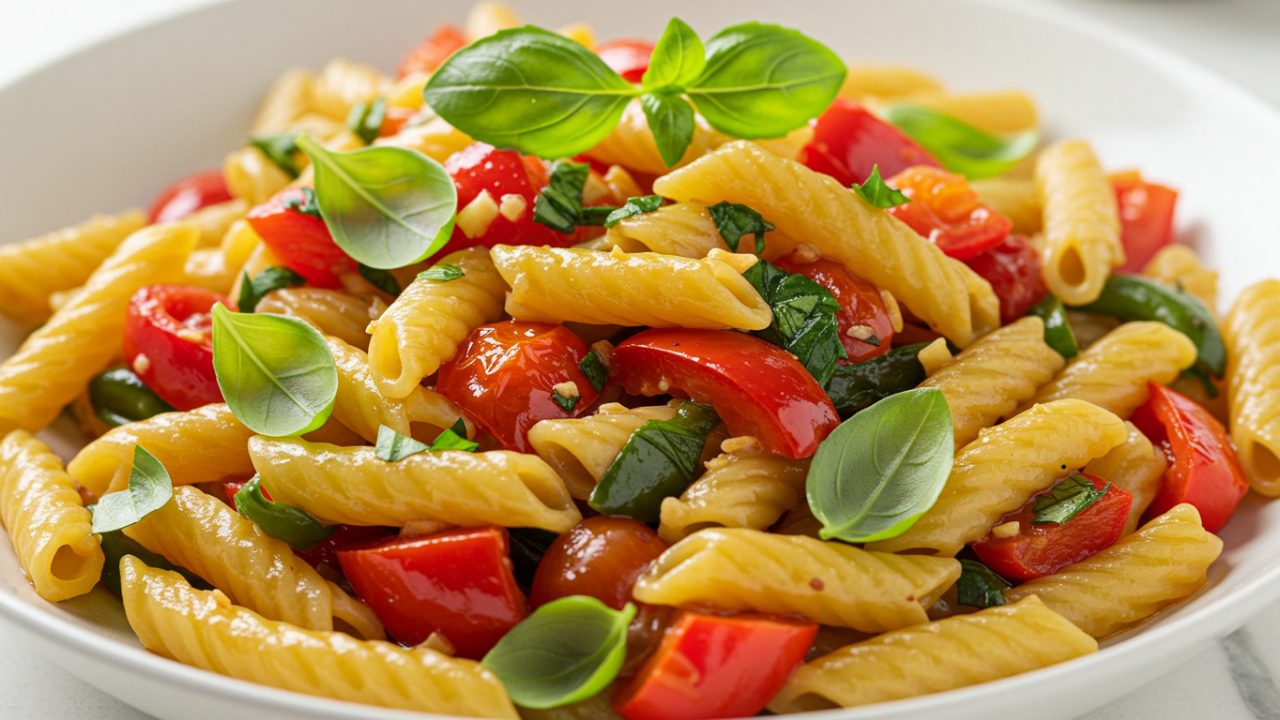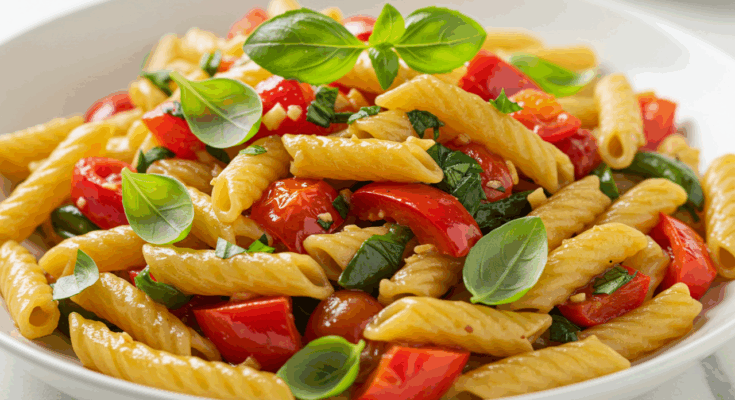Cooking at home is a rewarding and creative pursuit, but it can feel overwhelming if you’re new to the kitchen or looking to refine your skills. Mastering a set of foundational techniques can transform your cooking experience, making it more enjoyable, efficient, and delicious. This article explores essential techniques every home cook should know, offering practical advice and insights to elevate your culinary game. Whether you’re preparing a weeknight dinner or hosting a gathering, these skills will give you confidence and consistency in the kitchen.
Why Technique Matters in Cooking
Good cooking isn’t just about following recipes—it’s about understanding how to manipulate ingredients, heat, and tools to achieve the desired outcome. Techniques are the building blocks of every dish, allowing you to adapt, improvise, and troubleshoot. By mastering these skills, you’ll gain the ability to cook intuitively, adjust recipes to your taste, and recover from kitchen mishaps with ease.
Let’s dive into the core techniques that will set you up for success, from knife skills to heat control, and explore how they apply to everyday cooking.

Knife Skills: The Foundation of Prep
Why Knife Skills Matter
Knife skills are the cornerstone of efficient and safe cooking. Chopping, slicing, and dicing ingredients properly not only speeds up prep time but also ensures even cooking and beautiful presentation. A poorly cut vegetable can cook unevenly, while precise cuts can elevate a dish’s texture and appearance.
Key Techniques to Master
-
The Claw Grip: Hold your non-knife hand in a claw shape, tucking your fingertips under and using your knuckles to guide the knife. This protects your fingers and ensures precision.
-
Basic Cuts: Learn to chop (rough, large pieces), dice (uniform cubes), and julienne (thin, matchstick-like strips). For example, a ¼-inch dice is perfect for mirepoix (a mix of onions, carrots, and celery), while julienne cuts work well for stir-fries.
-
Knife Maintenance: Keep your knife sharp using a honing steel regularly and a sharpening stone or professional service every few months. A sharp knife is safer and more effective than a dull one.
Practice Tip
Start with soft ingredients like zucchini or potatoes to practice your cuts. Try dicing an onion: halve it, peel it, make horizontal and vertical cuts without slicing through the root, then chop across to create uniform pieces. Aim for consistency, not speed, at first.
Heat Control: Mastering the Stove
Understanding Heat Zones
Cooking is fundamentally about applying heat to transform ingredients. Knowing how to control heat—whether on a stovetop, in an oven, or on a grill—is critical to achieving the right texture and flavor.
-
Low Heat: Ideal for simmering soups, reducing sauces, or cooking delicate proteins like fish. It prevents burning and allows flavors to meld slowly.
-
Medium Heat: Perfect for sautéing vegetables or browning meats. It provides enough energy to caramelize without scorching.
-
High Heat: Used for searing steaks, stir-frying, or boiling water. It creates a flavorful crust or rapid cooking but requires close attention to avoid burning.
Practical Applications
-
Sautéing: Heat a pan with a thin layer of oil over medium heat. Add ingredients like garlic or onions, stirring frequently to cook evenly without browning too quickly.
-
Searing: For a perfect steak, heat a heavy skillet (cast iron works great) over high heat until it’s smoking hot. Pat the meat dry, season it, and sear for 2-3 minutes per side to lock in juices.
-
Simmering: When making a stew, bring the liquid to a boil, then reduce to low heat so it gently bubbles. This tenderizes tough cuts of meat over time.
Pro Tip
Invest in a good thermometer (instant-read or infrared) to check pan or oven temperatures. Pans can vary widely in how they distribute heat, and ovens often have hot spots. Knowing the exact temperature takes the guesswork out of cooking.
Flavor Building: Seasoning and Balancing
The Art of Seasoning
Seasoning is more than just salt and pepper—it’s about enhancing the natural flavors of your ingredients. Proper seasoning can make a simple dish taste extraordinary.
-
Salt Early and Often: Add salt in layers as you cook, not just at the end. For example, salt vegetables when sautéing to draw out moisture and enhance flavor.
-
Acid for Brightness: A splash of lemon juice, vinegar, or even yogurt can lift a dish. Try adding a teaspoon of balsamic vinegar to a tomato sauce to balance its sweetness.
-
Herbs and Spices: Fresh herbs like parsley or cilantro add vibrancy, while dried spices like cumin or paprika bring depth. Toast spices in a dry pan for 30 seconds to release their oils before using.
Balancing Flavors
Great dishes balance five key elements: salty, sweet, sour, bitter, and umami. For example, if a dish tastes flat, a pinch of salt or a dash of soy sauce (for umami) can transform it. If it’s too rich, a squeeze of citrus can cut through the heaviness.
Practice Tip
Taste as you go! Use a clean spoon to sample your dish at different stages. If you’re unsure what’s missing, try a small pinch of salt or a drop of acid, then taste again. Keep a notebook to jot down what works.
Cooking Proteins: From Chicken to Tofu
Mastering Meat and Poultry
Cooking proteins like chicken, beef, or pork requires understanding how heat affects texture and doneness.
-
Chicken: For juicy chicken breasts, brine them in salted water for 30 minutes before cooking. Sear on medium-high heat, then finish in a 350°F oven until the internal temperature reaches 165°F.
-
Beef: For steaks, use the reverse sear method: cook low and slow in a 275°F oven until the internal temperature is 10°F below your desired doneness, then sear quickly on high heat.
-
Pork: Avoid overcooking pork chops; aim for an internal temperature of 145°F for a slightly pink, juicy center.
Plant-Based Proteins
Tofu and legumes are versatile but require specific techniques to shine.
-
Tofu: Press tofu for 15-30 minutes to remove excess water, then marinate and pan-fry for a crispy exterior. For extra crunch, coat in cornstarch before frying.
-
Lentils: Rinse lentils and simmer with aromatics like garlic or bay leaves. Red lentils cook faster (15-20 minutes) and are great for soups, while green or brown lentils hold their shape for salads.
Pro Tip
Rest meats for 5-10 minutes after cooking to let juices redistribute. For tofu, experiment with freezing it first to create a chewier texture.
Baking Basics: Precision Meets Creativity
Why Baking Is Different
Baking requires precision because it’s a science. Ingredients like flour, sugar, and leavening agents interact chemically, so measurements matter. However, once you master the basics, you can get creative.
Essential Baking Techniques
-
Measuring Accurately: Use a kitchen scale for flour (120 grams per cup of all-purpose) and level off measuring cups for dry ingredients. Too much flour can make baked goods dense.
-
Mixing Properly: For cakes, cream butter and sugar until light and fluffy to incorporate air. For breads, knead dough until smooth to develop gluten.
-
Oven Positioning: Place baked goods in the center of the oven for even heat. Rotate pans halfway through if your oven has hot spots.
Practice Tip
Try a simple recipe like drop biscuits to practice measuring and mixing. Combine 2 cups flour, 1 tbsp baking powder, ½ tsp salt, ½ cup cold butter (cut into small pieces), and ¾ cup milk. Mix until just combined, drop spoonfuls onto a baking sheet, and bake at 425°F for 12-15 minutes.
Time-Saving Tips for Busy Cooks
-
Mise en Place: Prep all ingredients before you start cooking. Chop vegetables, measure spices, and set out tools to streamline the process.
-
Batch Cooking: Double recipes for soups, stews, or grains like rice. Freeze extras in portioned containers for quick meals.
-
One-Pan Meals: Roast vegetables and proteins together on a sheet pan at 400°F for 20-30 minutes. Toss with olive oil, salt, and spices for an easy, flavorful dinner.
FAQ
How can I tell if my knife is sharp enough?
A sharp knife should slice through a tomato or paper with minimal pressure. If it slips or tears, it needs honing or sharpening. Test it weekly and hone as needed.
What’s the best way to learn seasoning without overdoing it?
Start with small amounts of salt or spices, taste, and adjust. Use a 1:1 ratio of salt to pepper as a baseline for most dishes, then tweak based on taste. Keep a record of what you add to track what works.
How do I avoid overcooking meat?
Use an instant-read thermometer to check internal temperatures. Remove meat from heat 5-10°F below the target doneness, as it will continue cooking while resting. For example, pull a steak at 125°F for medium-rare (final temp 130-135°F).
Can I bake without a scale?
Yes, but measuring by weight is more accurate. If using cups, spoon flour into the cup and level it off with a knife to avoid packing it down, which can add too much flour.
How do I make vegetables taste better?
Roast them at 400°F with olive oil, salt, and pepper for caramelized flavor. Add garlic, herbs, or a splash of lemon juice after cooking for extra depth.
By practicing these techniques, you’ll build confidence and creativity in the kitchen. Start small, experiment often, and enjoy the process of transforming ingredients into meals that delight.



